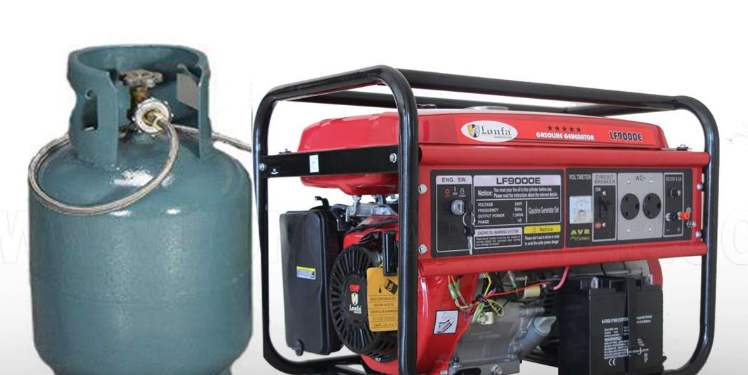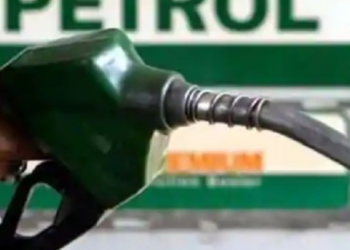Energy data information services company, HydroCIS has shared important information on what Nigerians should know about liquefied petroleum gas (LPG)-powered generators.
The company shared the insights via an infographic it shared on its official LinkedIn page on Monday, August 7.
Key elements for conversion to LPG
According to HydroCIS, the key elements for generator conversions are:
- High-quality cylinder regulator, which must have an excess flow shut-off valve
- High-quality safety relief which must be recertified every 5 years and replaced every 15 years. Note that all cylinder valves must have a safety relief.
- High-quality cable ties that are used to secure gas hoses safely
- High-quality and high-pressure hose with no folds/cuts and must be replaced every 24 months. Note that water hoses are not suitable replacements for this.
- High-quality dual fuel carburettor that is properly sized for generator capacity and has an easily accessible fuel selector switch/knob.
- Jubilee clips that are the correct size for the diameter of the pressure hose should be replaced as required. Note that the user should discard it if it is bent or broken.
HydroCIS also stated that when in use, the generator should be positioned firmly on the ground and ensure that vibration during operation does not result in a change in the position of the generator.
Benefits of converting your generator
HydroCIS noted that conversion to LPG helps with cost-effectiveness because LPG fuel consumption is lower than that of petrol.
Also, it requires less maintenance because of reduced carbon deposits commonly seen with petrol. The infographic also notes that the wear on LPG-powered generator engines is less, while it produces lower emissions than petrol.
Steps to take after deciding to convert to LPG
According to HydroCIS, users need to engage knowledgeable and well-experienced vendors and ensure they select the appropriate kit tailored for the specific engine being converted and use the correct type of gas.
- Also, the infographic states that users should keep their gas cylinders and generator in ventilated places and at a reasonable distance from each other, with all accessories well fastened.
- Users must also perform periodic checks like leak tests to ensure the integrity of their set-up.
Cost considerations
According to the HydroCIS infographic, the conversion of generators to liquefied petroleum gas (LPG) varies according to the capacity of the generator.
- For a generator with a 7.5kVA rating or lower, the cost ranges from N50,000 to N55,000, if the cylinder and all accessories are present.
- However, if the cylinder and all accessories are not present, the cost ranges from N90,000 to N95,000.
- For a generator with a rating higher than 7.5kVA, the cost ranges from N55,000 to N100,000 if the cylinder and all accessories are present.
HydroCIS also noted that it will take roughly 150 – 200 hours of running the LPG-powered generator to recover expenses incurred in converting the generator.
It also stated that if a 12.5kg gas cylinder is used on a 7.5kVA generator with a run time of 15 hours, the consumption rate is N500 per hour (this may depend on the load factor).
Meanwhile, a 15-hour run time on the petrol-powered generator will consume 30 litres of petrol at N1,050 per hour.


















Good and intelligent information.
Good
How can one get a cylinder valve with safety relief? Like help suggest a recommended quality cylinder valve.
What is function of an orange knob on the dual carburetor?
The orange knob is mainly for switching from LPG to CNG
Very good
Apart from cylinder, what are the other accessories require to convert a 7.5 kva generator fully?
I’ve been using this for 10 days now, the kit cost me N15000, regulator 3500, I already had a cylinder and poured 8kg at 5250 into it. It’s been running for 10 days now with no issue, previously petrol was costing me 1500 a day, I use my generator for only 3 hrs a day. I am in Kano.
What’s the size of your gen?
How can I have one.
Am in pH